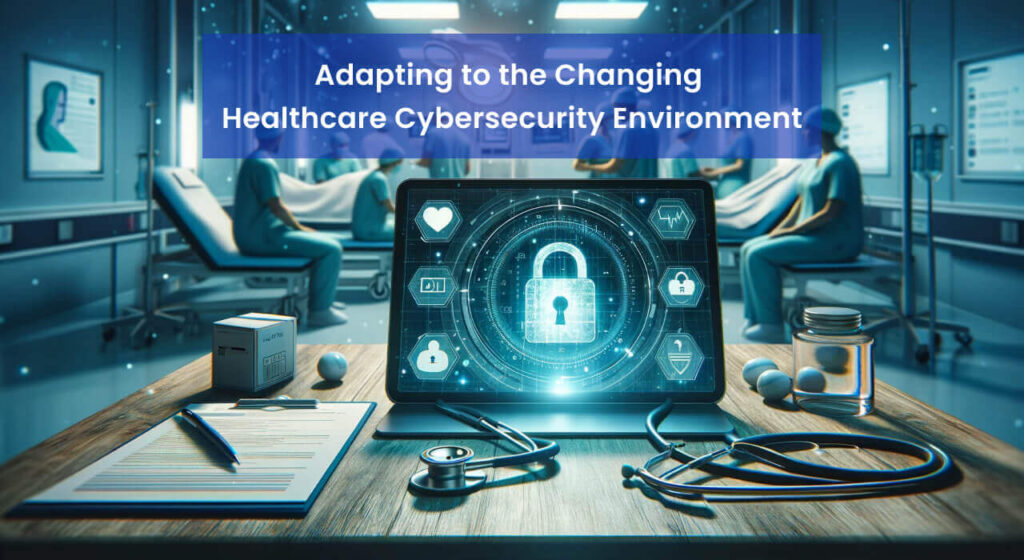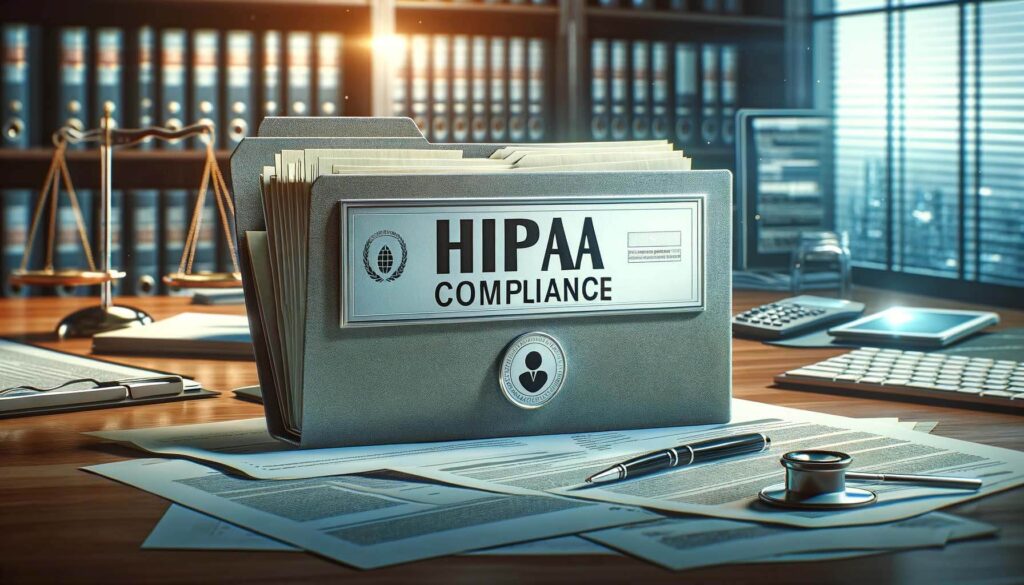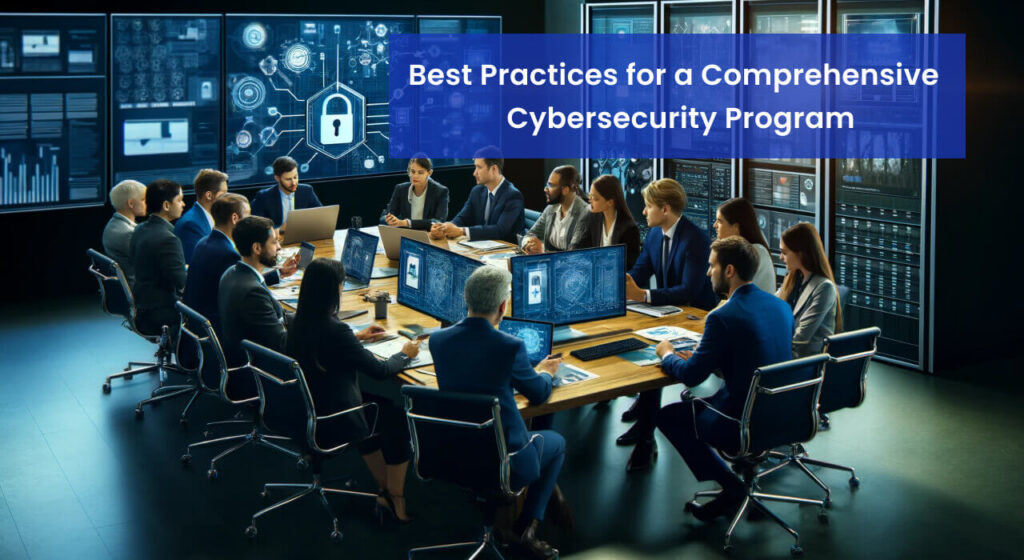
The healthcare industry is undergoing a significant transformation driven by the relentless integration of technology into its core operations. This digital revolution has unlocked new levels of patient care, operational efficiency, and research possibilities. However, this growing reliance on interconnected systems has also created a critical vulnerability: an expanding attack surface for cybercriminals.
Surge in Cyberattacks and Unique Challenges
Recent years have witnessed a surge in cyberattacks targeting healthcare organizations. A report by the HIMSS 2022 Healthcare Cybersecurity Survey Report ([https://www.himss.org/resources/himss-healthcare-cybersecurity-survey]) revealed that healthcare organizations experienced a rise of 58% in cyberattacks compared to the previous year, resulting in financial losses exceeding $20 billion globally. These attacks range from sophisticated malware deployments to social engineering scams, all designed to exploit vulnerabilities and steal sensitive patient data.
The challenge of securing healthcare data is further compounded by unique factors. Stringent regulations like HIPAA (Health Insurance Portability and Accountability Act) governing data privacy and security impose additional compliance burdens on healthcare providers. Additionally, the interconnected nature of the industry, with its reliance on third-party vendors and partners like electronic health record (EHR) providers, creates a complex web of potential entry points for attackers.
Cybersecurity Trends in Healthcare

Healthcare organizations face a unique set of cybersecurity challenges due to the nature of the data they handle. Unlike other sectors, healthcare deals with highly sensitive patient information, critical infrastructure like medical devices, and complex interconnected systems. This creates a fertile ground for cybercriminals to exploit vulnerabilities through various attack vectors.
Common Threats and Their Impact
- Ransomware Attacks: Disruption of critical operations, financial losses due to ransom payments, reputational damage.
- Data Breaches: Exposure of sensitive patient data (e.g., medical records, Social Security numbers), identity theft, regulatory fines.
- Phishing and Social Engineering Scams: Compromised employee credentials, unauthorized access to systems, financial fraud.
- Malware Attacks: System disruption, data corruption, theft of sensitive information.
- Denial-of-Service (DoS) Attacks: Outage of critical online services, disruption of patient care, financial losses.
- Supply Chain Attacks: Exploiting vulnerabilities in third-party vendors or partners to gain access to the healthcare organization’s systems and data.
Data Most at Risk in Healthcare
- Personally Identifiable Information (PII): Names, addresses, Social Security numbers, and medical records.
- Financial Records: Credit card information, bank account details, and insurance information.
- Intellectual Property (IP): Research data, new drug formulations, and other proprietary information.
- Control Systems Data: Data related to medical devices and hospital infrastructure.
The Supply Chain: A Potential Weak Link

The interconnected nature of the healthcare industry creates an additional challenge. Healthcare organizations often rely on a network of third-party vendors and partners. Weaknesses in the cybersecurity posture of any link in the supply chain can create a vulnerability that attackers can exploit to gain access to patient data and critical systems. Regularly conducting security audits of vendors and partners is crucial to mitigate this risk.
Navigating the Regulatory Environment

The healthcare industry operates within a complex web of regulations designed to safeguard sensitive patient data and ensure system integrity. Understanding and complying with these regulations is a critical aspect of any healthcare cybersecurity strategy. Here, we explore some key cybersecurity regulations applicable to healthcare:
- Health Insurance Portability and Accountability Act (HIPAA): This regulation outlines a set of requirements for healthcare providers, health plans and healthcare clearinghouses to protect patients’ medical information.
- Challenges of HIPAA Compliance:Complying with HIPAA can be a challenge for healthcare organizations. The ever-evolving nature of cybersecurity threats necessitates continuous adaptation of security measures. Additionally, the complexity of HIPAA regulations, coupled with the potential for hefty fines for non-compliance, can create a considerable burden for healthcare providers.
Building a Robust Healthcare Cybersecurity Strategy

The ever-evolving threat landscape necessitates a proactive approach to cybersecurity within the healthcare industry. Here, we explore best practices for building a comprehensive cybersecurity program that safeguards patient data and critical infrastructure
- Regular Cybersecurity Assessments: Conduct regular security assessments to identify vulnerabilities in systems, processes, and controls. By proactively identifying and addressing weaknesses, you can significantly reduce the risk of successful cyberattacks.
- Strong Access Controls and Data Encryption: Limit access to sensitive data and systems by implementing multi-factor authentication and role-based access control (RBAC). Additionally, encrypt data at rest and in transit to add an extra layer of security.
- Ongoing Cyber Security Awareness Training: Provide ongoing cybersecurity awareness training for employees to equip them to identify and avoid cyber threats. Regular training reinforces best practices for password hygiene, email security, and social engineering awareness.
- Incident Response Plan: Develop a comprehensive incident response plan to outline steps to be taken in the event of a cybersecurity breach. This plan should include procedures for containing the incident, mitigating damages, and restoring normal operations as quickly as possible.
- Collaboration and Information Sharing: Foster collaboration and information sharing within the healthcare industry to improve cybersecurity posture collectively. Sharing threat intelligence and best practices can help organizations stay ahead of emerging threats.
- Vendor Risk Management: Implement robust vendor risk management processes to assess and monitor the cybersecurity posture of third-party vendors and partners. This includes conducting security assessments, reviewing contracts, and ensuring compliance with regulatory requirements.
By implementing these strategies and remaining vigilant against emerging threats, healthcare organizations can enhance their cybersecurity defenses and better protect patient data and critical infrastructure from cyberattacks. Building a culture of cybersecurity awareness and investing in robust security measures are essential steps in safeguarding the future of healthcare delivery.
Emerging Threats and Advanced Solutions

As technology progresses, cybercriminal tactics also evolve accordingly. Healthcare organizations must remain vigilant against emerging threats and adopt advanced cybersecurity solutions to stay ahead of attackers. Some of the emerging threats include:
- AI-Powered Attacks: Cybercriminals are increasingly leveraging artificial intelligence (AI) and machine learning (ML) algorithms to launch more sophisticated and targeted attacks. These AI-powered attacks can bypass traditional security measures by adapting and evolving in real-time.
- IoT Vulnerabilities: The proliferation of Internet of Things (IoT) devices in healthcare, such as medical wearables and remote patient monitoring devices, presents new cybersecurity challenges. These devices often lack robust security features, making them susceptible to exploitation by cybercriminals.
- Zero-Day Exploits: Zero-day exploits target previously unknown vulnerabilities in software or hardware, making them particularly dangerous. Healthcare organizations must stay updated on the latest security patches and employ intrusion detection systems to detect and mitigate zero-day attacks.
To combat these evolving threats, healthcare organizations can implement advanced cybersecurity solutions such as:

- Behavioral Analytics: Behavioral analytics solutions analyze user behavior and network traffic patterns to detect anomalous activities indicative of a cybersecurity threat. By leveraging machine learning algorithms, these solutions can identify potential threats in real-time and enable proactive threat mitigation.
- Endpoint Detection and Response (EDR): EDR solutions provide continuous monitoring and response capabilities for endpoints, such as desktops, laptops, and mobile devices. These solutions detect and respond to advanced threats, including fileless malware and ransomware, before they can cause significant damage.
- Blockchain Technology: Blockchain technology offers decentralized and immutable storage of healthcare data, enhancing data integrity and security. By leveraging blockchain-based solutions for medical record management and supply chain integrity, healthcare organizations can mitigate the risk of data tampering and unauthorized access.
In conclusion, the healthcare industry faces unique cybersecurity challenges due to the sensitivity of patient data and the complexity of interconnected systems. Cyberattacks targeting healthcare organizations continue to rise, posing significant financial and reputational risks.
To address these challenges, healthcare organizations must adopt a proactive and comprehensive cybersecurity strategy. This strategy should include regular cybersecurity assessments, strong access controls, ongoing employee training, and collaboration with industry peers.
Furthermore, healthcare organizations must stay abreast of emerging threats and deploy advanced cybersecurity solutions to defend against evolving attack vectors. By investing in robust cybersecurity measures and fostering a culture of security awareness, healthcare organizations can better protect patient data and critical infrastructure from cyber threats.
In an increasingly digital healthcare landscape, cybersecurity must remain a top priority to ensure the confidentiality, integrity, and availability of patient information and maintain trust in the healthcare ecosystem.
For insights into fostering a robust cybersecurity culture within organizations, explore our companion article “Building a Strong Cybersecurity Culture: Going Beyond Training.” This article delves into strategies for cultivating a vigilant and security-conscious workforce, emphasizing the importance of leadership commitment, clear policies, continuous education, and open communication.
Categorized in:
Comments